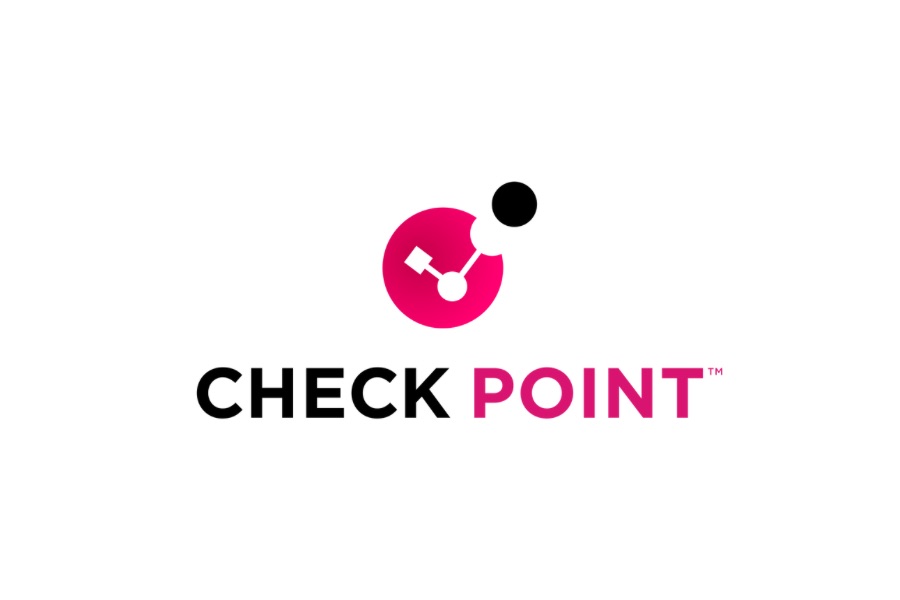What is Cloud Security & What are the Cloud Security Principles?
June 8, 2023, 6 min read
“Cloud security” comprises policies and tools aimed at safeguarding cloud-based systems from external and internal intrusions. To foster innovation and collaboration, businesses and governments embrace cloud computing, which entails delivering IT services via the Internet. It is crucial to implement cloud security measures and adhere to best practices to safeguard data and applications from cybersecurity threats, as well as prevent unauthorized access.
These cloud security guidelines are instrumental in selecting a secure cloud service provider that can handle data securely. Moreover, ensuring the secure configuration of your cloud services is another vital aspect to take into account.
These rules are relevant for SaaS and cloud computing environments alike.
Principles are provided for each guiding principle:
- Differentiating factors that either increase your trust in the cloud service or make it simpler for you to fulfill your security responsibilities in light of the security goals that a good cloud service should meet
- Recommendations for how the cloud service could have accomplished its aims
- Things to think about whether or not the service is suitable for your requirements
- You should evaluate the cloud service and its provider, for each of the following security principles, to see how well they adhere to the stated goals. Depending on your strategy, you may be exposed to varying degrees of danger.
Implementing the described strategies can help the service achieve its intended effect. These ideas are suggestions to consider, and there may be other effective approaches as well.
It is important to assess the evidence provided by the cloud service provider to establish confidence in their claims. On the dedicated page for selecting a cloud provider, we have outlined strategies to determine if a service provider adheres to these principles and if they have provided evidence to support their compliance.
To gain insight into their approach towards achieving the goals, some cloud services have crafted responses to the cloud security principles.
These principles include:
1. Safety of Information While in Transit
While in transit over internal and external networks, your data should be secure enough to prevent tampering and eavesdropping. Encryption, service authentication, and network-level security measures are all necessary to accomplish this.
2. Safeguarding Resources and Building Resilience
There should be some sort of security in place to prevent theft, destruction, or unauthorized access to your data and the assets used to store or process it. Coverage for the laws to which your data is subject, as well as precautions like encryption, data center security, secure erasure, and service resilience, should form the basis of your data protection strategy.
3. Separation of Clients
No one should be able to gain access to another user’s account or data just because they were hacked or otherwise compromised. It will need to have strong security controls in place for all of its code execution, data storage, and network administration.
4. Institutional Arrangements for Governing
Providers of services should use a security governance framework to guide and coordinate how they handle customer data. You can rest assured that other controls will perform as expected for the duration of the service because of this.
5. Protecting Critical Functions
To foil, detect, or prevent attacks, securely manage and operate the service. This is achieved through stringent measures in vulnerability management, protective monitoring, configuration and change management, and incident management.
6. Protecting Your Employees
If employees of a service provider have access to your systems and data, you need to have complete faith in their reliability and the technical safeguards put in place to monitor and restrict their activities.
7. Safer Growth
Designing, developing, and deploying cloud services in a way that minimizes and mitigates security risks is essential. One component of this is an audited and automated integration and deployment pipeline, part of a comprehensive software development lifecycle.
8. Protecting the Supply Chain
The service provider must secure its supply chain at the same level as its service. This encompasses scenarios involving third-party access to customer information or the service, as well as reliance on third parties for sourcing computer parts.
9. Trustworthy User Administration
To protect your resources, applications, and data from unauthorized access and modification, your service provider should provide you with the necessary means. One crucial aspect is implementing role-based controls to regulate access to the service and associated data.
10. Identity and Authentication Only
Service interfaces should grant access only to properly authenticated and authorized identities, whether they are human or machine-based.
11. Safeguarding Less-Trusted Service Interfaces
All of the service’s external or less-trusted interfaces should be cataloged and defended suitably. This encompasses third-party APIs, web-based user interfaces, and CLIs.
12. Safeguarding Service Management
In light of their high value to attackers, cloud service providers should design, implement, and manage their administrative systems following enterprise best practices.
13. Customers should be provided with audit information and alerts
You need to be able to recognize security incidents, and you need the means to investigate when and why they occurred. The service must give you access to audit logs and send you security notifications whenever it detects suspicious activity, such as an attempt to breach the system.
Principle 14: Your cloud service provider should make it simple to fulfill your data privacy obligations through the secure use of their service. Services need to have built-in and default security measures in place. If this is not the case, the service provider should assist you in fulfilling your security obligations.
The Different Types of Cloud Computing
Cloud security measures vary from one type of cloud computing to the next. To simplify, we can divide cloud computing into four broad classes:
SaaS, IaaS, and PaaS are all examples of public cloud services provided by a public cloud provider (PaaS).
Provided by a public cloud provider, private cloud services offer a sandboxed network for a single client.
Private cloud services, managed by in-house teams, are an advanced form of traditional data centers.
Hybrid cloud services allow for the hosting of workloads and data via a combination of private and public cloud computing configurations, optimizing factors like cost, security, operations, and access. Management will be handled by in-house employees and, if necessary, by the public cloud service provider.
Cloud computing differs significantly from traditional IT in that it relies on a third party to host data and applications instead of an in-house network. The first step in developing a cloud security strategy is establishing your level of security accountability.
Why Cloud Security is Important?
Solid cloud security is crucial for businesses transitioning to the cloud. Cloud security risks parallel those in on-premises infrastructure—ever-evolving and complex. Thus, it’s vital to find a cloud provider capable of safeguarding your infrastructure as its own.
Cloud security offers the advantage of centralized management facilitated by the centralization of applications and data. This simplifies the management of cloud-based business networks, devices, and endpoints, improving traffic analysis, web filtering, and network event monitoring. Additionally, centralized disaster recovery plans can be swiftly executed.
Cloud computing effectively reduces costs by minimizing the reliance on expensive specialized hardware for data protection, resulting in capital and operational savings. Moreover, proactive cloud security features require minimal human intervention, alleviating IT departments from constant security troubleshooting.
By migrating operations to reputable cloud service providers or platforms, the burden on the IT department is significantly diminished. Manual security configurations and frequent updates become unnecessary, enabling centralized management alongside other security aspects.
Cloud services offer high reliability, supported by robust security protocols, thereby facilitating secure and convenient access to cloud-based resources from anywhere and on any device.
Businesses acknowledge the value of cloud infrastructure and prioritize efficient and scalable operations. Trust in cloud computing security becomes crucial in safeguarding data, systems, and applications against theft, leakage, corruption, and deletion.
Regardless of the setup (pure cloud, hybrid, or on-premise), implementing proper security measures is vital as any cloud model can be compromised. Cloud security incorporates all aspects of traditional IT security, empowering businesses to benefit from cloud computing while maintaining security and privacy.




























